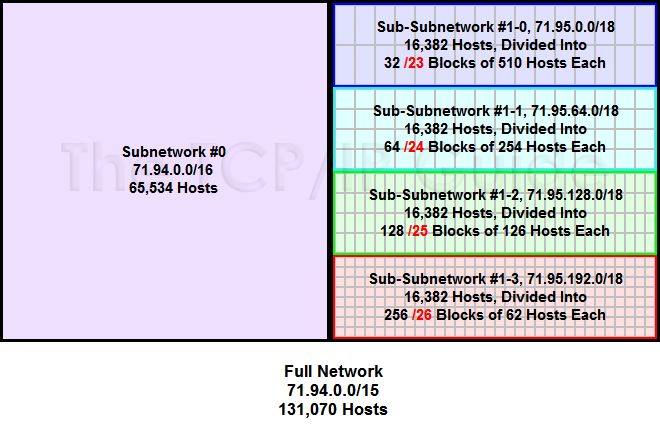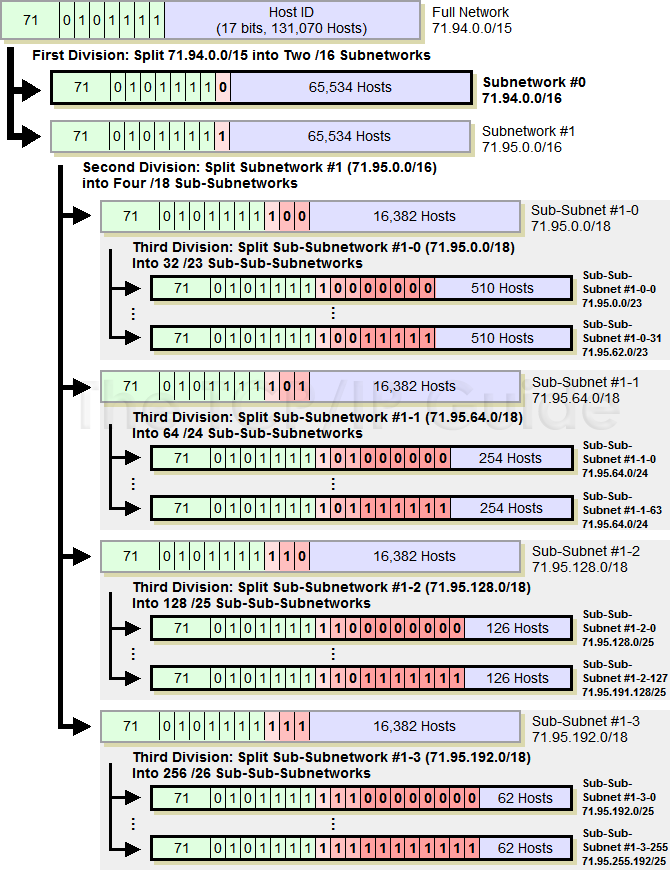 |
|
Please Whitelist This Site?
I know everyone hates ads. But please understand that I am providing premium content for free that takes hundreds of hours of time to research and write. I don't want to go to a pay-only model like some sites, but when more and more people block ads, I end up working for free. And I have a family to support, just like you. :)
If you like The TCP/IP Guide, please consider the download version. It's priced very economically and you can read all of it in a convenient format without ads.
If you want to use this site for free, I'd be grateful if you could add the site to the whitelist for Adblock. To do so, just open the Adblock menu and select "Disable on tcpipguide.com". Or go to the Tools menu and select "Adblock Plus Preferences...". Then click "Add Filter..." at the bottom, and add this string: "@@||tcpipguide.com^$document". Then just click OK.
Thanks for your understanding!
Sincerely, Charles Kozierok
Author and Publisher, The TCP/IP Guide
|
|
|

Custom Search
|
|
IP CIDR Addressing Example
(Page 1 of 4)
The multiple hierarchical levels of CIDR make the technology seem rather complicated. However, understanding how CIDR works really is not that difficult, assuming you already know how subnetting is done. In particular, if you know how VLSM functions, you basically already know how CIDR does, since they are pretty much the same thing. They differ only in the way that the hierarchical division of networks is accomplished, and the terminology.
To show how CIDR works better, let's take an example that will illustrate the power of classless addressing: its ability to selectively subdivide a large block of addresses into smaller ones that suit the needs of various organizations. Since address allocation in CIDR typically starts with larger blocks owned by larger Internet Service Providers (ISPs), let's start there as well.
Suppose we have an ISP that is just starting up. It's not a “major” ISP, but a moderate-sized one with only a few customers, so it needs only a relatively small allocation. It begins with the block 71.94.0.0/15. The “/15” on the end of the block address tells us that this is a block of addresses where the first 15 bits are the network ID and the last 17 the host ID. Of course, this block was obtained from a larger ISP, carved from a larger block of addresses by that ISP. For example, 71.94.0.0/15 would be equal to half of the address block 71.92.0.0/14, a quarter of the block 71.88.0.0/13, and so on.
|
Our ISP's block is equal in size to two Class Bs and has a total of 131,070 possible host addresses. This ISP can choose to divide this block in a variety of ways, depending on the needs of its clients and its own internal use. However, this ISP is just starting up, so it is not even sure of what its ultimate needs will be. Let's say it expects to resell about half of its address space to other ISPs, but isn't sure what sizes they will need yet. Of the other half, it plans to split it into four different sizes of blocks to match the needs of different-sized organizations.
To imagine how the ISP divides its address space, we can consider the analogy of cutting up a pie. The ISP will first “cut the pie in half” and reserve one half for its future ISP customers. It will then cut the other half into some large pieces and some small pieces. This is illustrated in Figure 83. (Okay, it’s a square pie. I wanted to show the individual small blocks to scale. Sue me. J)
The actual process of division might follow this progression (illustrated in Figure 84).:
|
|
| |||||||||||||||||||
Home - Table Of Contents - Contact Us
The TCP/IP Guide (http://www.TCPIPGuide.com)
Version 3.0 - Version Date: September 20, 2005
© Copyright 2001-2005 Charles M. Kozierok. All Rights Reserved.
Not responsible for any loss resulting from the use of this site.








